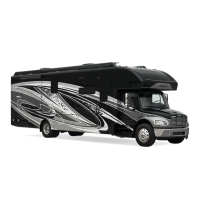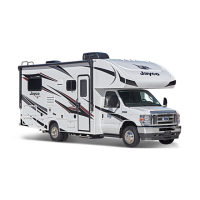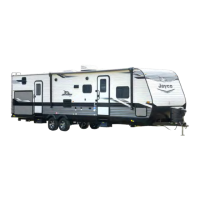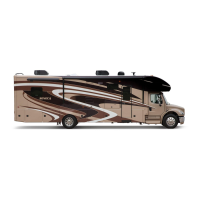80
Refrigerator
The refrigerator is not intended for quick freezing or cooling. We recommend stocking it
with pre-frozen or pre-cooled food when possible. The shelves should not be covered with
paper or plastic and the food items should be arranged so air can circulate freely. Keep the
area at the back of the refrigerator clean and free of debris. Check for obstructions in the
exterior refrigerator vent area (i.e., spider webs, bird nests, etc.). Use a soft cloth to dust o
the debris.
For optimum eciency and performance, it is recommended the refrigerator be checked at
least twice a year as part of the routine maintenance.
The following are general cleaning guidelines. For detailed information on cleaning your
specic refrigerator, refer to the manufacturer’s user guide.
1. Disconnect power.
2. Hand wash, rinse, and dry removable parts and interior surfaces thoroughly. Use a
clean sponge or soft cloth and a mild detergent in warm water.
3. Inside the refrigerator, use a warm water and baking soda solution consisting of ap-
proximately 1-tablespoon (15ml) baking soda to 1 quart (1 liter) of water. This solution
cleans and neutralizes odors. Rinse and wipe dry.
4. Leave an open box of baking soda in the refrigerator and freezer to help prevent odors.
: wash with a clean sponge or soft cloth and a mild detergent in
warm water.
wash with a clean sponge or soft cloth and a mild detergent in
warm water. Do not use appliance wax, polish, bleach, or other products containing chlorine
on stainless steel. Stainless steel can be cleaned with a commercially available stainless
steel cleaner. A spray-on stainless steel cleaner works best.
For silver-accented plastic parts, wash with soap or other mild detergents. Wipe clean with
a sponge or damp cloth. Do not use scouring pads, powdered cleaners, bleach or cleaners
containing bleach as these products can scratch and weaken the paint nish.

